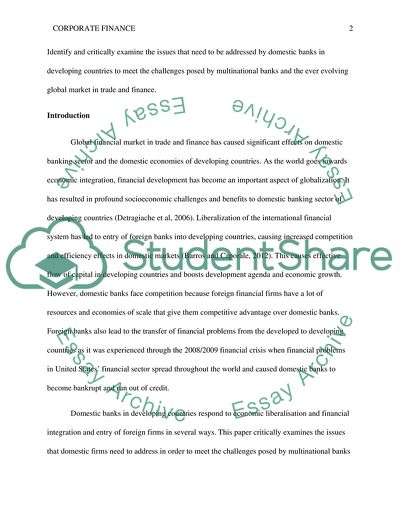Cite this document
(Corporate finance Essay Example | Topics and Well Written Essays - 2750 words - 2, n.d.)
Corporate finance Essay Example | Topics and Well Written Essays - 2750 words - 2. https://studentshare.org/finance-accounting/1873836-corporate-finance
Corporate finance Essay Example | Topics and Well Written Essays - 2750 words - 2. https://studentshare.org/finance-accounting/1873836-corporate-finance
(Corporate Finance Essay Example | Topics and Well Written Essays - 2750 Words - 2)
Corporate Finance Essay Example | Topics and Well Written Essays - 2750 Words - 2. https://studentshare.org/finance-accounting/1873836-corporate-finance.
Corporate Finance Essay Example | Topics and Well Written Essays - 2750 Words - 2. https://studentshare.org/finance-accounting/1873836-corporate-finance.
“Corporate Finance Essay Example | Topics and Well Written Essays - 2750 Words - 2”. https://studentshare.org/finance-accounting/1873836-corporate-finance.


